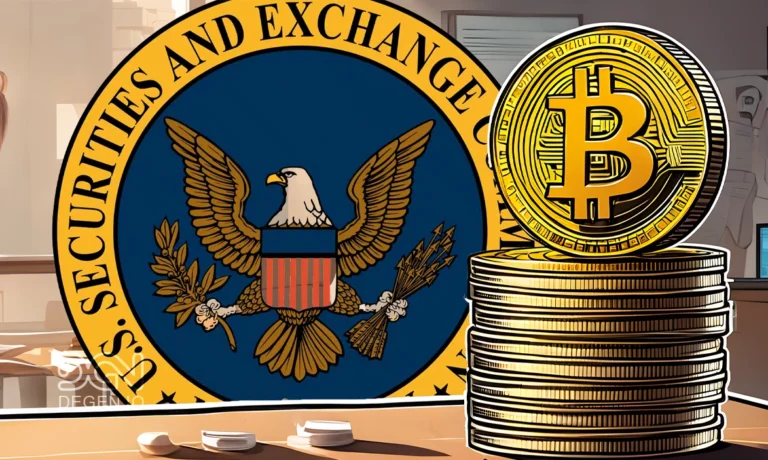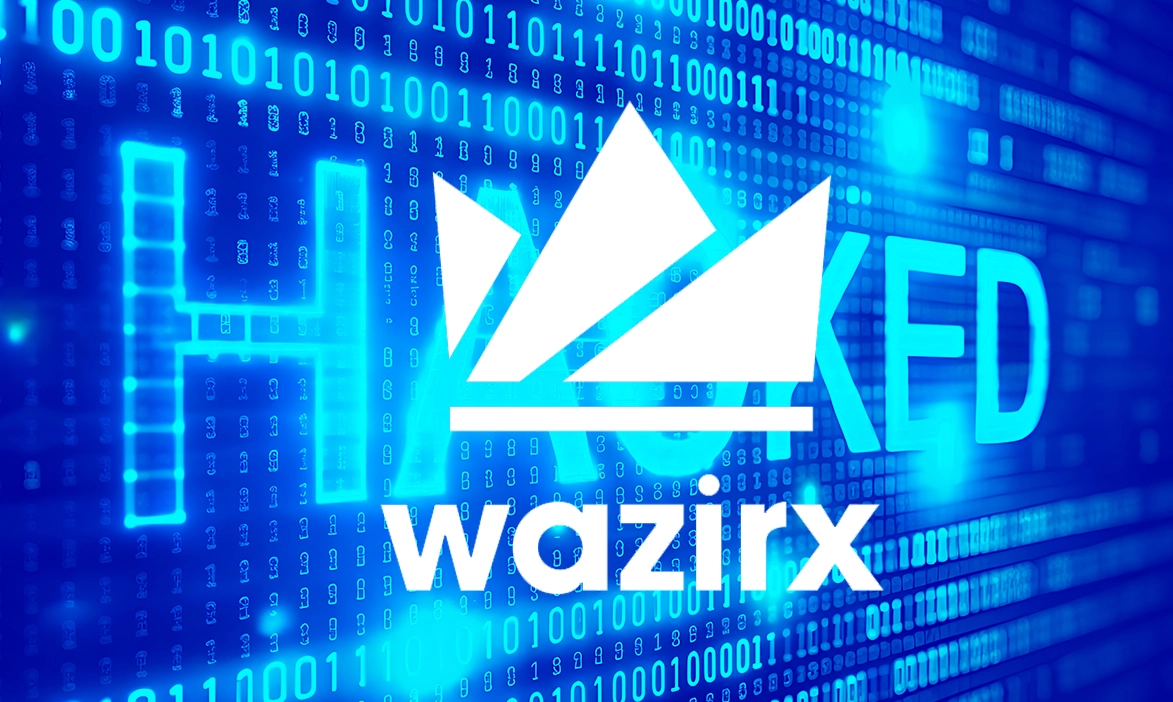The cryptocurrency market has reached an all-time high valuation of $3.2 trillion as of November 14, 2024. This milestone, tracked by analytics platform CoinGecko, reflects surging interest from both retail and institutional investors, propelled by mainstream adoption, increased utility, and continuous technological innovation.
As the market evolves, understanding the factors behind this growth offers insight into the trajectory of cryptocurrency and its potential influence on global finance. Let’s delve into the primary reasons behind this market expansion, the key assets contributing to it, and what lies ahead for digital currencies.
Also read: US Crypto Future Looks Promising, Says Andreessen Horowitz
Crypto’s Historic $3.2 Trillion Milestone: What Does It Mean?

The cryptocurrency market’s valuation reaching $3.2 trillion underscores the growing confidence in digital assets. This trend points to a shift where cryptocurrencies are increasingly perceived not only as speculative assets but as legitimate investment vehicles and technological innovations with the potential to disrupt traditional finance.
While traditional assets such as gold and real estate remain safe havens, the interest in crypto continues to rise as investors seek alternative, high-return opportunities in a rapidly changing economy.
Key Drivers Behind the Crypto Market’s Expansion
1. Mainstream Adoption of Cryptocurrencies
In recent years, cryptocurrency adoption has accelerated, with a growing number of companies, governments, and financial institutions entering the space. Major corporations such as Tesla, Square, and MicroStrategy have made significant investments in Bitcoin, setting a precedent for other companies to follow.
Additionally, financial institutions like PayPal, Visa, and Mastercard have introduced crypto-friendly services, making it easier for users to buy, sell, and spend digital currencies. This mainstream integration has broadened accessibility, encouraging millions of new users to enter the market.
2. Institutional Investment Surge
The influx of institutional capital has been a major factor in pushing the cryptocurrency market to new heights. Hedge funds, family offices, and asset managers are increasingly diversifying portfolios by allocating portions to digital assets. With the launch of several Bitcoin and Ethereum exchange-traded funds (ETFs), including in regions like Canada and the European Union, access to crypto investment has become simpler for traditional investors, sparking a surge in institutional participation.
3. Growth of Decentralized Finance (DeFi)
The DeFi movement has revolutionized finance by enabling peer-to-peer financial services without intermediaries. Platforms like Uniswap, Aave, and Compound allow users to lend, borrow, and trade assets, attracting billions in total value locked (TVL) within DeFi protocols. This innovation empowers users to earn returns through staking and liquidity provision, drawing significant attention from retail and institutional investors alike.
DeFi’s exponential growth has contributed to Ethereum’s market cap, which, in turn, has driven up the overall market capitalization of cryptocurrencies. As DeFi applications continue to mature, they are expected to attract even more capital, further pushing market valuations.
4. Non-Fungible Tokens (NFTs) and Digital Collectibles
NFTs have exploded in popularity, creating new revenue streams for artists, musicians, and brands. Digital collectibles, art, gaming items, and virtual real estate have become a billion-dollar industry, with platforms like OpenSea, Rarible, and Axie Infinity leading the charge.
The NFT boom has fueled interest in Ethereum, the primary blockchain for NFT transactions, and other chains like Solana and Polygon, adding significantly to the market’s overall valuation. The rise of digital collectibles has also drawn mainstream interest and investment into the crypto ecosystem.
5. Growing Global Acceptance and Regulatory Frameworks
While regulatory uncertainties persist, governments worldwide are increasingly recognizing the potential of cryptocurrencies. Countries like El Salvador have even adopted Bitcoin as legal tender, while others, such as the United States and European Union, are developing regulatory frameworks to accommodate digital assets within their economies.
Greater regulatory clarity provides a more secure environment for institutional investment, reassuring investors and allowing markets to expand sustainably. As regulatory frameworks evolve, they help mitigate risks and ensure transparency, further legitimizing the crypto sector.
Top Cryptocurrencies Leading the Market Rally
Several key assets are driving the $3.2 trillion market valuation, including:
- Bitcoin (BTC): As the first and most widely recognized cryptocurrency, Bitcoin remains a market leader, accounting for a significant portion of the market’s total capitalization. Bitcoin’s role as “digital gold” has made it a popular store of value, particularly during economic uncertainty.
- Ethereum (ETH): Ethereum’s blockchain is the backbone of DeFi and NFTs, making it a core component of the crypto market. Its transition to Ethereum 2.0, involving a shift to a more energy-efficient proof-of-stake model, is expected to enhance scalability and security, further driving its value.
- Binance Coin (BNB): BNB has risen in value due to its role within Binance, the world’s largest cryptocurrency exchange. Binance’s comprehensive ecosystem, which includes decentralized exchanges and NFT platforms, has helped BNB maintain a strong market position.
- Solana (SOL) and Cardano (ADA): These newer platforms are seen as potential competitors to Ethereum, offering scalable and fast solutions for DeFi and NFTs. Their rapid growth and high-profile partnerships have garnered substantial interest from developers and investors.
Implications of a $3.2 Trillion Crypto Market Cap
Reaching a market cap of $3.2 trillion places cryptocurrency as a significant player within global finance, with implications for investors, policymakers, and traditional institutions:
- Increased Interest from Traditional Finance: With crypto assets proving their staying power, more traditional financial institutions are likely to explore crypto-related products. This includes offering custody solutions, ETFs, and blockchain-based services, further legitimizing the industry.
- Enhanced Focus on Regulation: Regulatory bodies around the world are taking notice of the burgeoning crypto market. While some governments are adopting supportive policies, others are crafting stricter regulations to mitigate risks like money laundering and fraud. This regulatory scrutiny will shape the crypto industry’s future and its interactions with traditional finance.
- Opportunities for Innovation: The decentralized nature of cryptocurrencies allows for the continuous development of new applications. Innovations in blockchain technology, DeFi, and Web3 will likely see increased investment as the market grows, paving the way for applications that extend beyond finance into sectors like healthcare, supply chain, and entertainment.
- Potential Volatility and Market Corrections: The crypto market is known for its volatility. While reaching $3.2 trillion is a significant achievement, market corrections are common, especially given the speculative nature of many assets. Investors should remain cautious, balancing risk and reward.
Future Outlook for the Crypto Market
As we look forward, the crypto market’s trajectory remains promising, driven by increased adoption, technological advancements, and institutional interest. However, it will also be influenced by macroeconomic factors, such as inflation rates, interest rate changes, and regulatory developments worldwide.
The adoption of blockchain technology by more industries, coupled with crypto’s potential for financial inclusion, will likely support continued growth. As crypto assets become more integrated into everyday transactions, investments, and even government initiatives, they have the potential to further alter the financial landscape.
A New Era for Digital Assets
The $3.2 trillion market cap milestone underscores the crypto industry’s transformative potential. With continued innovation in DeFi, NFTs, and blockchain technology, cryptocurrency is poised to influence diverse sectors beyond finance. For investors and stakeholders, navigating this complex and rapidly evolving market will require balancing optimism with caution, staying informed, and adapting to new regulatory landscapes.
The future of cryptocurrency remains both thrilling and uncertain, but one thing is clear: digital assets have firmly established themselves as a powerful force in the global economy.
Also read: FTX Sues Binance and Former CEO Zhao for $1.8 Billion



















